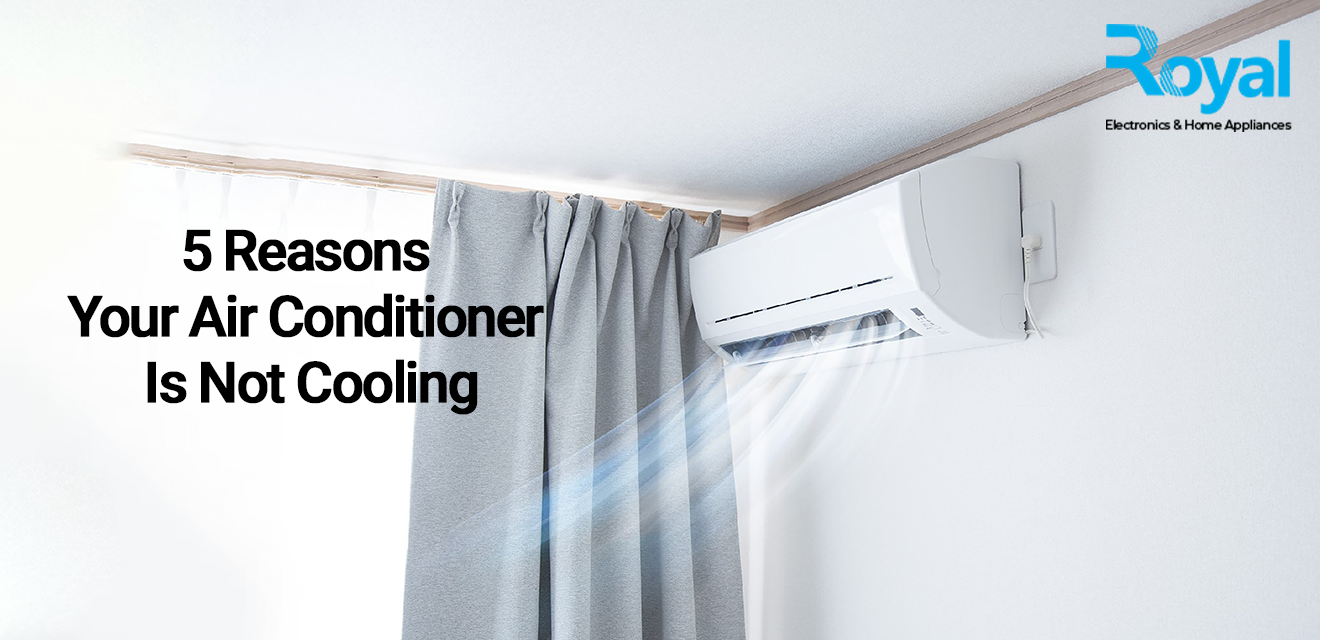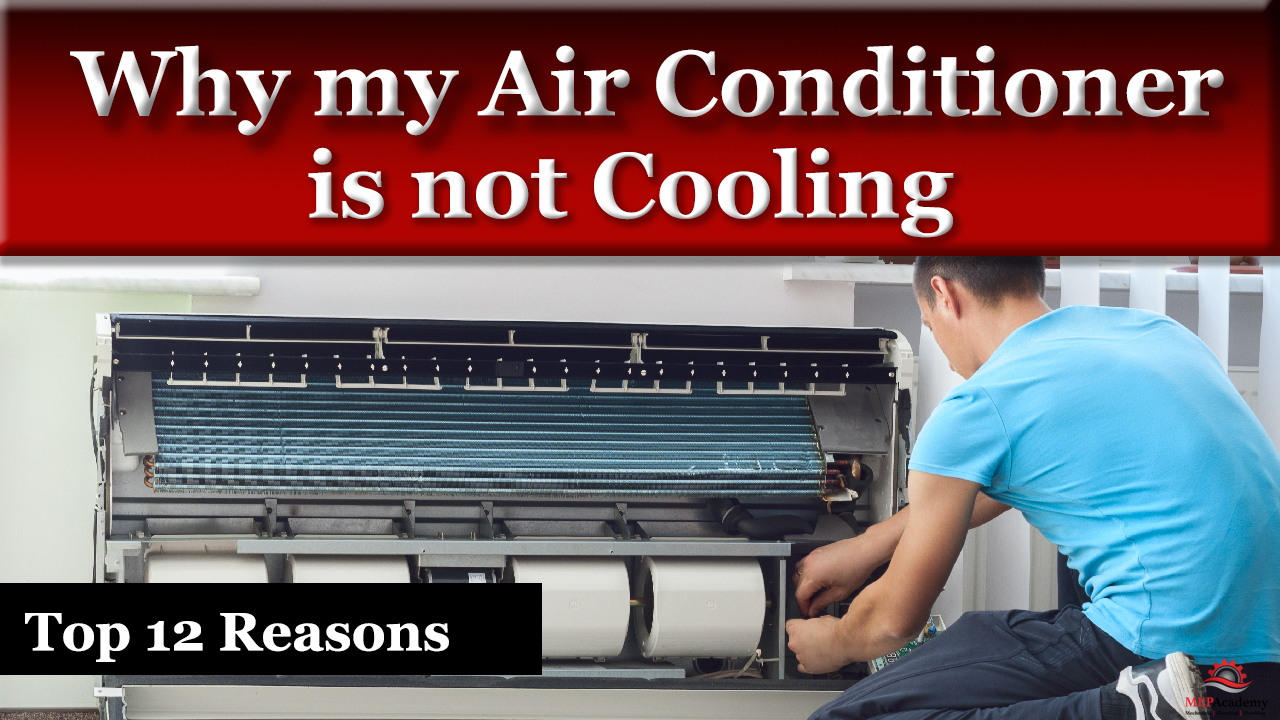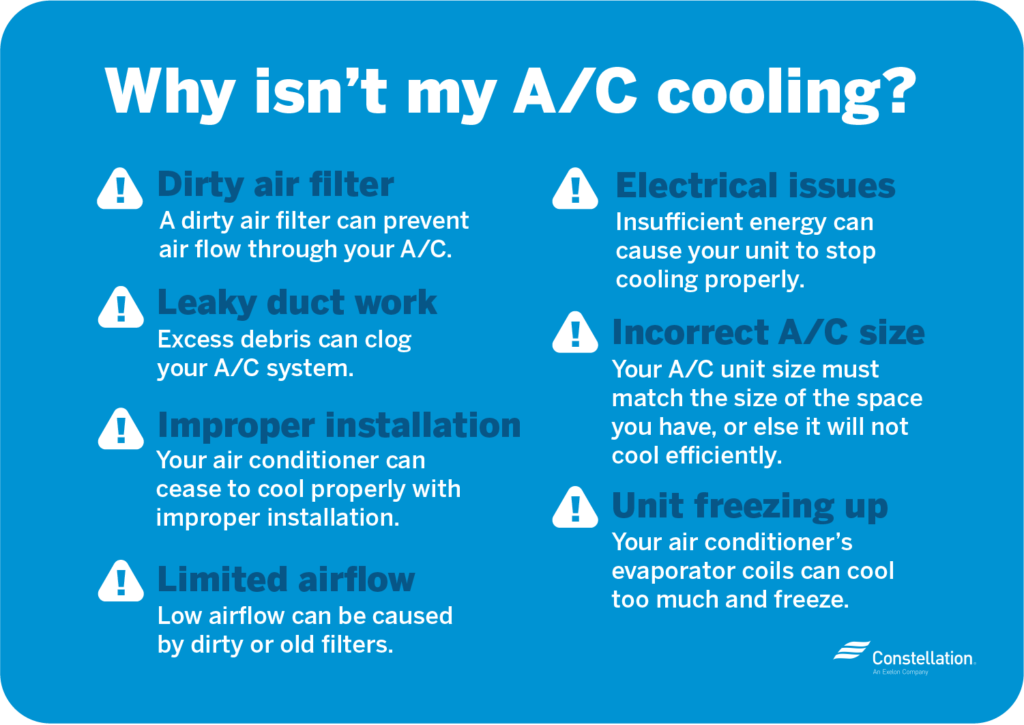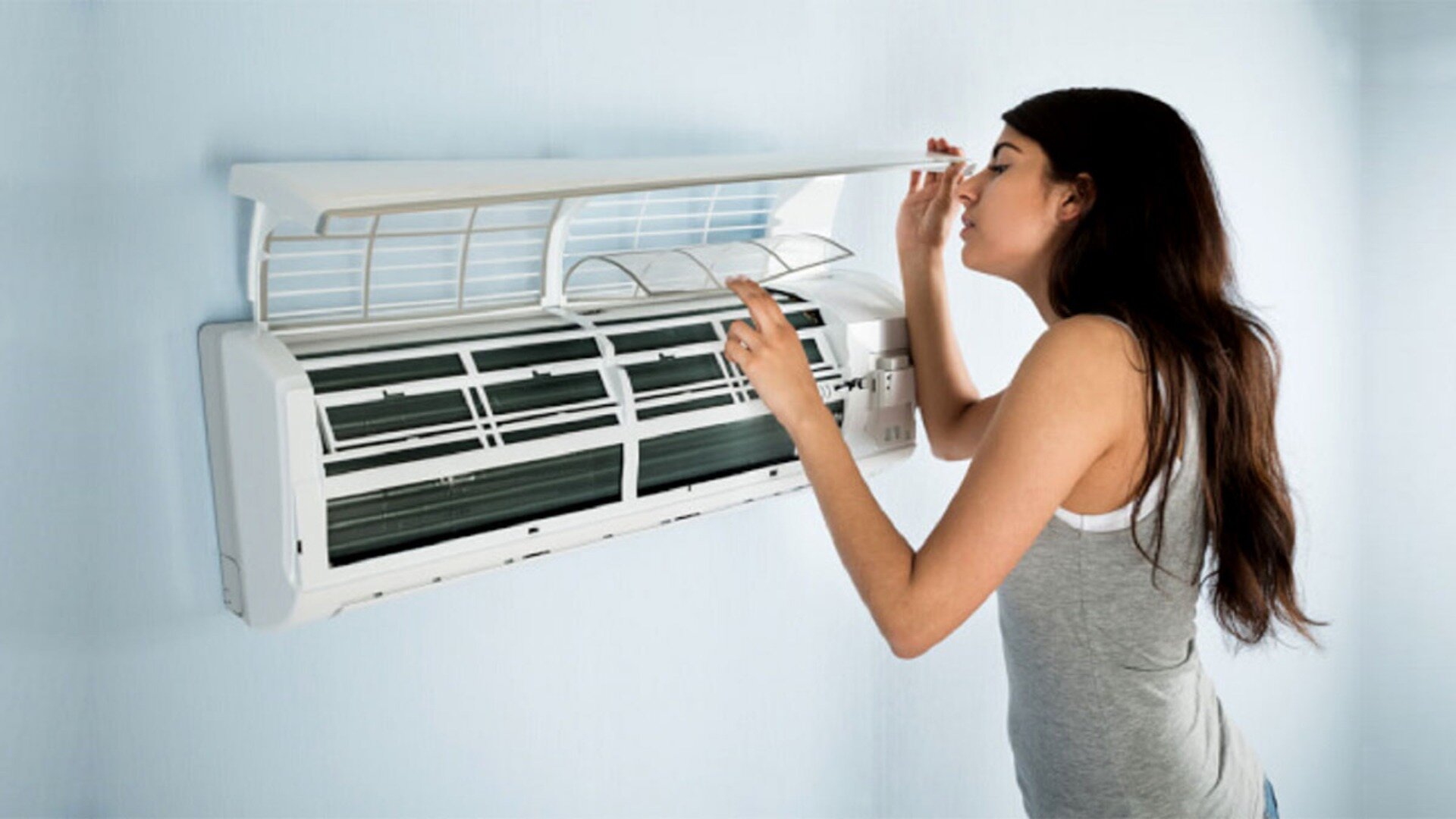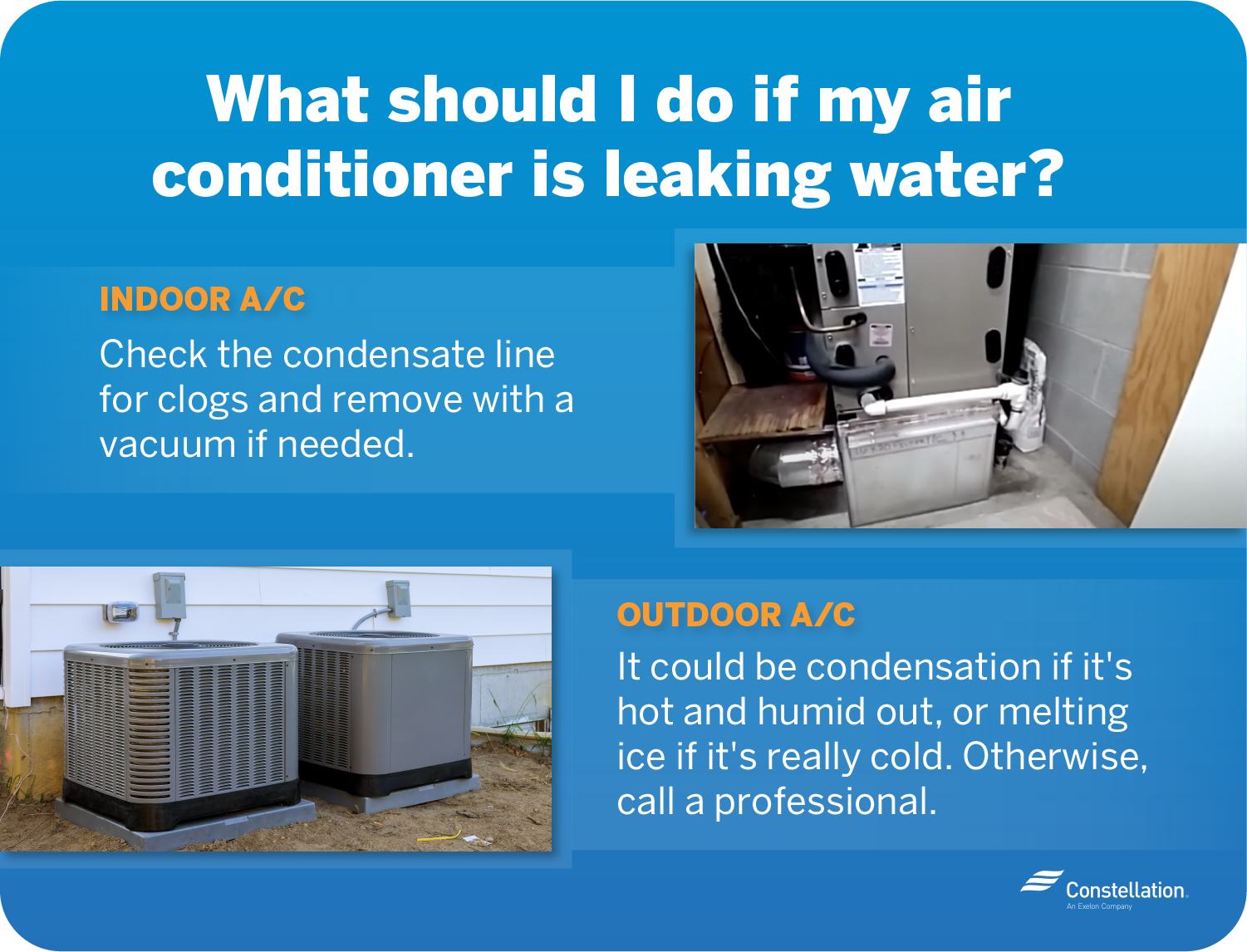My Air Conditioner Is Not Cooling Enough

My Air Conditioner Is Not Cooling Enough: A Homeowner's Troubleshooting Guide
Is your air conditioner struggling to keep your home cool? Instead of enjoying a refreshing escape from the summer heat, are you left feeling uncomfortable and wondering why your AC isn't performing as it should? You're not alone. Many homeowners face this issue, and often, the solution is simpler than you think. This guide will walk you through common causes and troubleshooting steps you can take before calling a professional.
First Things First: Safety Precautions
Before you begin any troubleshooting, safety is paramount. Always:
- Turn off the power to your AC unit at the breaker box.
- Be mindful of electrical components.
- If you're uncomfortable working with electricity, call a qualified HVAC technician.
Troubleshooting Steps: A Step-by-Step Guide
1. Check the Thermostat
It might seem obvious, but sometimes the simplest solutions are overlooked.
- Verify the settings: Ensure your thermostat is set to "Cool" and the temperature is set lower than the current room temperature.
- Check the battery: A weak battery can cause the thermostat to malfunction. Replace it with a new one.
- Programmable Thermostat Schedule: Review your thermostat's schedule. It might be unintentionally set to a higher temperature during certain times.
2. Inspect the Air Filter
A dirty air filter is one of the most common culprits behind poor AC performance. A clogged filter restricts airflow, making your AC unit work harder and less efficiently.
- Locate the filter: Typically found inside the indoor air handler unit or in a wall/ceiling vent.
- Inspect the filter: If it's visibly dirty, it's time to replace it.
- Replace the filter: Use a filter with the correct size and MERV (Minimum Efficiency Reporting Value) rating. A higher MERV rating means better filtration, but can also restrict airflow if it's too high for your system. Consult your AC unit's manual for recommended MERV ratings.
- Frequency: Change your air filter every 1-3 months, depending on usage and air quality.
3. Examine the Outdoor Unit (Condenser)
The outdoor unit plays a crucial role in cooling. Obstructions around the unit can significantly impact its performance.
- Clear debris: Remove any leaves, grass clippings, branches, or other obstructions around the unit. Allow at least 2-3 feet of clearance on all sides.
- Clean the fins: The condenser fins dissipate heat. Over time, they can become covered in dirt and debris. Gently clean them with a fin comb or a garden hose (using a low-pressure setting). Be careful not to bend the fins.
4. Check the Indoor Unit (Evaporator Coil)
The evaporator coil is located inside the indoor air handler and is responsible for cooling the air. A frozen coil will severely limit cooling performance.
- Look for ice: Inspect the evaporator coil for ice buildup. If you see ice, turn off the AC and let it thaw completely.
- Possible causes of a frozen coil:
- Restricted airflow (dirty air filter)
- Low refrigerant levels (requires professional attention)
- Faulty blower motor (requires professional attention)
- After thawing: Once the coil has thawed, address the underlying cause to prevent it from freezing again. Replace the air filter and monitor the unit's performance. If the problem persists, contact a qualified HVAC technician.
5. Inspect the Ductwork
Leaky or poorly insulated ductwork can cause significant cooling loss, especially in attics or crawl spaces.
- Visually inspect the ductwork: Look for any visible tears, holes, or gaps in the ductwork.
- Feel for air leaks: With the AC running, feel around the ductwork connections for any escaping air.
- Seal any leaks: Use duct tape or mastic sealant to seal any leaks you find.
- Insulate uninsulated ductwork: Insulating ductwork, especially in unconditioned spaces, can significantly improve energy efficiency.
6. Check the Condensate Drain Line
The condensate drain line removes moisture from the evaporator coil. A clogged drain line can cause water to back up, leading to potential water damage and reduced cooling performance.
- Locate the drain line: Typically a PVC pipe near the indoor unit.
- Check for clogs: Look for any standing water or debris in the drain line.
- Clear the clog: You can try using a wet/dry vacuum to suck out the clog, or carefully use a stiff wire to break it up. You can also pour a cup of white vinegar down the drain line to help dissolve any buildup.
When to Call a Professional
While many AC issues can be resolved with simple troubleshooting, some problems require the expertise of a qualified HVAC technician.
Reasons to Call a Professional:
- Refrigerant leaks: Handling refrigerant requires specialized equipment and training.
- Compressor issues: The compressor is the heart of the AC system. Repairs are complex and often expensive.
- Electrical problems: If you're uncomfortable working with electricity, always call a professional.
- Frozen evaporator coil that repeatedly freezes after thawing and filter replacement: Indicates a more serious issue.
- Suspect a major component failure: If you suspect the compressor, blower motor, or other major component is failing.
Estimated Repair Costs (General Guidelines)
These are rough estimates and actual costs can vary depending on your location, the complexity of the repair, and the specific HVAC contractor.
- Refrigerant recharge: $200 - $800
- Compressor replacement: $800 - $2500
- Blower motor replacement: $300 - $800
- Evaporator coil replacement: $600 - $1500
- Condenser fan motor replacement: $200 - $600
Preventive Maintenance: The Key to Avoiding Problems
Regular maintenance can help prevent many of the issues discussed above and extend the life of your AC unit. Consider these tips:
- Schedule annual professional maintenance: A qualified HVAC technician can perform a thorough inspection, clean the coils, check refrigerant levels, and identify potential problems before they become major issues.
- Regularly clean or replace air filters: As discussed earlier, a clean air filter is crucial for optimal AC performance.
- Keep the outdoor unit clean and clear of debris: Ensure proper airflow around the condenser unit.
- Monitor your AC unit's performance: Pay attention to any unusual noises, smells, or performance issues. Address them promptly to prevent further damage.
Tools and Materials You Might Need
- Screwdrivers (Phillips and flathead)
- Wrench set
- Air filter
- Fin comb
- Garden hose with spray nozzle
- Duct tape or mastic sealant
- Wet/dry vacuum
- White vinegar
- Safety glasses
- Gloves
By following these troubleshooting steps and performing regular maintenance, you can often resolve minor AC issues and keep your home cool and comfortable all summer long. Remember to prioritize safety and call a professional when needed. Regular maintenance is the key to a long-lasting and efficient AC system. Good luck!



